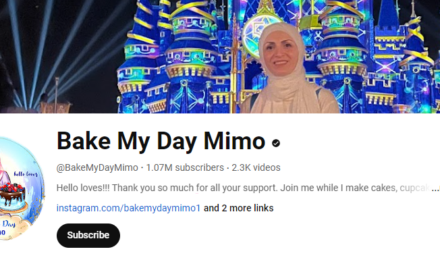As a content entrepreneur, you want the audience to find your content.
Search engines can help surface that content. For that to happen, you should adopt a keyword strategy for your content. Then, you can help search engines understand your content, who it’s for, and why it’s valuable for them.
To create a keyword strategy, start with these five things:
1. Know the types: Keywords fall into two types – individual and long tail. Individual keywords are one or two words generally relevant to the topic. “Books,” “writing,” and “Netflix” are general keywords.
Long-tail keywords usually answer a specific search query, such as “Where do I buy books online that aren’t Amazon?” or “How do I log into my Netflix account?”
2. Understand who your search audience is: You’ve likely done some audience research to understand who your audience is and what they like. Now, determine who in that audience you’re speaking to through search engines and develop your keyword list. Are you targeting an audience just learning about your topic or people with advanced skills seeking a specific answer? Specificity in your audience is crucial to keyword discovery. What topics and questions does this audience have?
3. Discover relevant keywords: All the most popular SEO tools, like Ahrefs’ Keyword Generator, Answer The Public’s three free searches every day, and Moz’s Keyword Explorer, are free. Google Trends also offers free information about search behavior to help you see new and emerging trends.
But the best place to start is Google.com. Add a base or seed keyword you want to rank and hit enter to see a gold mine for keywords on the search engine results page (SERP).
TIP: Analyze keywords using the incognito or private mode so your internet activity doesn’t skew the results.
Scroll past the sponsored content until you reach the top organic results and (most importantly) the People-Also-Ask section. Like the embedded videos and images, People Also Ask is an invaluable SERP feature that helps you understand how users interact with the search engine.
Pay special attention to any terms or phrases you see often used in the titles, meta descriptions, questions asked, and other themes in the content that are relevant to your content tilt. You can also better understand search intent – why searchers seek the information.
4. Document your keyword discoveries: Here’s a simple Google Sheet to track what you have and will learn about your keywords.
At the top, I include these two components:
- Primary/seed keyword – a single word or short phrase that acts as the base for the longer list of keywords.
- Content goal – the goal/purpose of your content, usually tied to the primary keyword.
Then, I create columns for the keyword research. They include:
- Keyword – the primary keyword followed by 20 more keywords gleaned from your earlier research.
- Volume – approximate number of (monthly) searches for each keyword
- Difficulty – using a scale of zero to 100, how difficult will it be to rank for the keyword
- Cost per click – an indicator of how valuable and contested the keyword is
- Intent – the educated guess of what intentions most searchers have when using the keyword, such as:
- Transactional: Searcher seeks to buy or sell.
- Informational: Searcher wants information or education.
- Navigational: Searcher looks for something more than the keyword.
- Relevance – relevancy of keyword to your goal and primary keyword (high, medium, low)
Several tools can be used to identify the volume, difficulty, and cost per click. Some offer paid versions that allow you to do more in one day, while most have free versions with workable limitations.
I use Semrush to do my research, but you can find similar information from some great free options:
- Moz – 10 keyword searches every month
- Ahrefs – Limited info about keywords
- Answer the Public – three searches every day
5. Evaluate your content competitors: This last step is easy. Return to Google or use Moz’s SERP analysis tool to see what content ranks for the 20 keywords you’re targeting. Then, consume that content.
Note the words used in their headings as they often contain valuable keywords. Does the top content use a lot of images or feature lists? Are they in how-to formats or long, detailed explanations?
Look for common threads amongst the top-performing content and use that information to guide how you create your own.
Crafting a successful SEO strategy is a balancing act. You need enough targeted keywords in your content to get the attention of search engines, but you also must provide value to your readers. When you can do both, you’ll get more traffic to your site (thanks to search engines) and grow your audience because what you create genuinely delights them.
About the author
Paul is the Senior Content Manager at Lulu. When he's not entrenched in the publishing and print-on-demand world, he likes to hike the scenic North Carolina landscape, read, sample the fanciest micro-brewed beer, and collect fountain pens. Paul is a dog person but considers himself cat tolerant.










